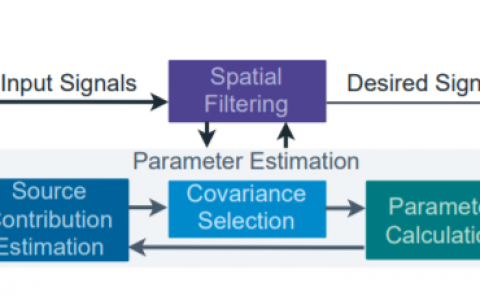Encoding of tactile information in hand via skin-integrated wireless haptic interface
PubDate: October 2022
Teams: City University of Hong Kong
Writers: Kuanming Yao, Jingkun Zhou, Qingyun Huang, Mengge Wu, Chun Ki Yiu, Jian Li, Xingcan Huang, Dengfeng Li, Jingyou Su, Senlin Hou, Yiming Liu, Ya Huang, Ziyan Tian, Jiyu Li, Hu Li, Rui Shi, Binbin Zhang, Jingyi Zhu, Tsz Hung Wong, Huiling Jia, Zhan Gao, Yuyu Gao, Yu Zhou, Wooyoung Park, Enming Song, Mengdi Han, Haixia Zhang, Junsheng Yu, Lidai Wang, Wen Jung Li, Xinge Yu
PDF: Encoding of tactile information in hand via skin-integrated wireless haptic interface

Abstract
Vivid haptic feedback remains a challenge in truly immersive virtual reality and augmented reality. As the tactile sensitivity among different individuals and different parts of the hand within a person varies widely, a universal method to encode tactile information into faithful feedback in hands according to sensitivity features is urgently needed. In addition, existing haptic interfaces worn on the hand are usually bulky, rigid and tethered by cables, which is a hurdle for accurately and naturally providing haptic feedbacks. Here we report a soft, ultrathin, miniaturized and wireless electrotactile system (WeTac) that delivers current through the hand to induce tactile sensations as the skin-integrated haptic interface. With a relatively high pixel density over the whole hand area, the WeTac can provide tactile stimulation and measure the sensation thresholds of users in a flexible way. By mapping the thresholds for different electrical parameters, personalized threshold data can be acquired to reproduce virtual touching sensations on the hand with optimized stimulation intensity and avoid causing pain. With an accurate control of sensation level, temporal and spatial perception, it allows providing personalized feedback when users interact with virtual objects. This technique is promising for a more vivid touching experience in the virtual world and in human–machine interactions.


